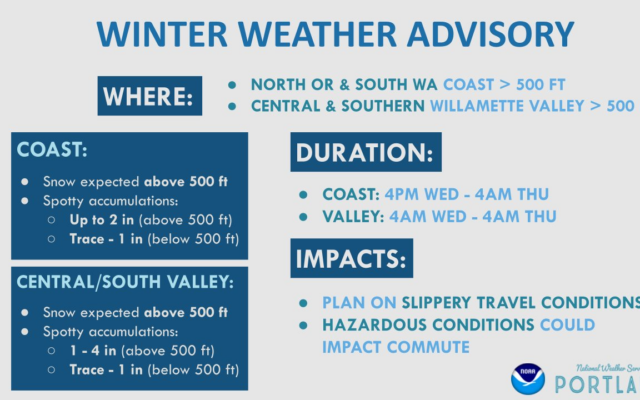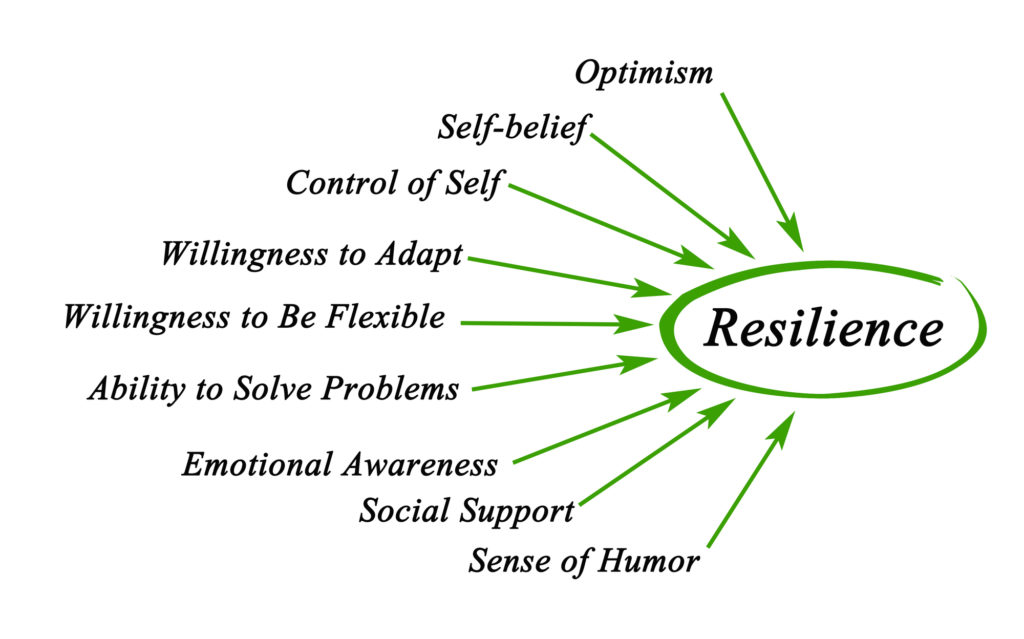Winter Weather Advisory: Impacts On Schools And Transportation

Table of Contents
School Closures and Delays due to Winter Weather Advisories
A Winter Weather Advisory often leads to school closures or delays, primarily prioritizing the safety and well-being of students and staff.
Safety Concerns
The primary reason for school closures during severe winter weather is safety. Numerous hazards exist:
- Icy roads: Black ice and slick pavements make driving and walking extremely dangerous, increasing the risk of accidents for students, staff, and bus drivers.
- Hazardous walking conditions: Snow and ice accumulation can create treacherous walkways, making it difficult and dangerous for students to reach school safely.
- Potential for accidents: The increased risk of car accidents, slips, and falls necessitates school closures to protect everyone involved.
- Difficulty for buses to navigate icy roads: School buses, often large and less maneuverable, struggle significantly in icy conditions, increasing the risk of delays and accidents.
Schools employ a multi-faceted decision-making process, considering factors such as road conditions reported by local authorities, the predicted temperature, wind chill, and the overall severity of the weather forecast as predicted by the National Weather Service.
Schools communicate closures and delays through various channels, including:
- School websites: Official announcements are usually posted prominently on the school's website.
- Email notifications: Parents and staff are often notified via email alerts.
- Social media: Many schools utilize social media platforms like Facebook and Twitter to disseminate information quickly.
- Local news: Schools often partner with local news outlets to broadcast closure announcements.
Impact on Learning and Curriculum
School closures due to winter weather have a cascading effect on the academic calendar and learning process.
- Make-up days: Schools often need to add make-up days to the school year to compensate for lost instructional time.
- Remote learning options: Increasingly, schools are utilizing remote learning platforms to minimize disruptions to the curriculum.
- Adjustments to learning plans: Teachers may need to adjust their lesson plans and assessments to account for lost time.
Ensuring equitable access to education during closures poses challenges, particularly for students lacking reliable internet access or the necessary technological resources for remote learning. Bridging this digital divide is crucial to minimize the educational impact of weather-related disruptions.
Transportation Disruptions during Winter Weather Advisories
A Winter Weather Advisory significantly impacts various modes of transportation, creating delays, cancellations, and safety concerns.
Road Conditions and Travel Safety
Winter weather presents numerous hazards for drivers:
- Black ice: A thin, transparent layer of ice is nearly invisible and exceptionally dangerous.
- Reduced visibility: Snow and blowing snow severely reduce visibility, increasing the risk of accidents.
- Snow accumulation: Heavy snow accumulation can make roads impassable.
- Increased braking distances: Icy and snowy conditions significantly increase braking distances, requiring drivers to adjust their speed and driving habits.
Transportation departments play a crucial role in managing winter road conditions through snow plowing, salting, and sanding operations. Staying updated on their progress and road condition reports is crucial. Alternative transportation methods during severe weather include public transportation and ride-sharing services, but availability and reliability may be limited.
Impacts on Public Transportation
Buses, trains, and other public transportation systems are highly susceptible to disruptions during a Winter Weather Advisory.
- Delays: Snow and ice can cause significant delays on bus routes and train schedules.
- Cancellations: In severe weather, entire routes or services may be canceled for safety reasons.
- Reduced service: Public transportation providers often implement reduced service during severe winter storms to ensure safety.
- Safety measures: Public transportation providers implement safety measures such as pre-treating rails and roads, using specialized snow removal equipment, and providing real-time updates to passengers.
Commuters rely on timely and accurate information about service disruptions. Reliable public transit information is essential during winter storms, particularly for individuals with disabilities who may have limited transportation alternatives.
Flight Cancellations and Delays
Air travel is significantly affected by winter weather advisories, often leading to flight disruptions.
- Airport closures: Severe snow and ice can force airport closures, grounding flights.
- Flight cancellations: Airlines often preemptively cancel flights to avoid stranding passengers.
- Delays: Even when airports remain open, flights experience significant delays due to de-icing procedures, reduced visibility, and ground crew difficulties.
- Safety protocols: Airports implement safety protocols to ensure passenger and staff safety during winter storms, often resulting in delays.
Airlines are obligated to communicate with passengers regarding flight disruptions and provide information about passenger rights and compensation options in case of cancellations or significant delays.
Preparing for a Winter Weather Advisory
Proactive preparation is essential to mitigate the impact of a Winter Weather Advisory.
Individual Preparedness
Individuals and families should take steps to prepare for severe winter weather:
- Emergency kit essentials: Stock an emergency kit with sufficient water, non-perishable food, medications, flashlights, batteries, and a first-aid kit.
- Checking weather forecasts regularly: Monitor weather forecasts closely and heed warnings and advisories.
- Preparing vehicles for winter driving: Ensure your vehicle is equipped with winter tires, an emergency kit, and a fully charged cell phone.
Community Preparedness
Local communities and governments play a crucial role in winter weather preparedness:
- Snow removal plans: Effective snow removal plans are vital for keeping roads and sidewalks clear.
- Emergency shelters: Designated emergency shelters provide refuge for those without adequate heating or other necessary resources.
- Communication strategies: Effective communication strategies ensure that vital information reaches residents promptly.
- Public awareness campaigns: Public awareness campaigns educate residents about winter weather preparedness and safety.
Conclusion
Winter Weather Advisories significantly impact schools and transportation, underscoring the importance of safety and preparedness. School closures protect students and staff from hazardous conditions, although this disrupts education. Transportation systems face numerous challenges, including delays, cancellations, and safety concerns. Individual and community preparedness are crucial in mitigating these disruptions. Stay informed about Winter Weather Advisories and winter storm warnings in your area by monitoring local news, weather reports (such as the National Weather Service), and official government websites. Prepare your family and your transportation plan in advance to minimize the impact of severe winter weather and ensure your safety and well-being.

Featured Posts
-
 Fastest Crossing Man Completes Record Breaking Australian Foot Race
May 21, 2025
Fastest Crossing Man Completes Record Breaking Australian Foot Race
May 21, 2025 -
 Resilience And Mental Wellness From Setback To Success
May 21, 2025
Resilience And Mental Wellness From Setback To Success
May 21, 2025 -
 Mummy Pigs Big Announcement Peppa Pigs Family Welcomes A New Piglet
May 21, 2025
Mummy Pigs Big Announcement Peppa Pigs Family Welcomes A New Piglet
May 21, 2025 -
 Resistance Grows Car Dealerships Oppose Mandatory Ev Sales
May 21, 2025
Resistance Grows Car Dealerships Oppose Mandatory Ev Sales
May 21, 2025 -
 The Sound Perimeter A Study Of Musics Unifying Power
May 21, 2025
The Sound Perimeter A Study Of Musics Unifying Power
May 21, 2025
Latest Posts
-
 Rum Culture And Kartel Insights From Stabroek News
May 22, 2025
Rum Culture And Kartel Insights From Stabroek News
May 22, 2025 -
 The Impact Of Kartel On The Rum Industry A Stabroek News Analysis
May 22, 2025
The Impact Of Kartel On The Rum Industry A Stabroek News Analysis
May 22, 2025 -
 Understanding Kartels Influence On Guyanese Rum Culture
May 22, 2025
Understanding Kartels Influence On Guyanese Rum Culture
May 22, 2025 -
 Kartel And Rum Culture In Guyana A Stabroek News Perspective
May 22, 2025
Kartel And Rum Culture In Guyana A Stabroek News Perspective
May 22, 2025 -
 The Beenie Man Effect Transforming It In New York City
May 22, 2025
The Beenie Man Effect Transforming It In New York City
May 22, 2025
